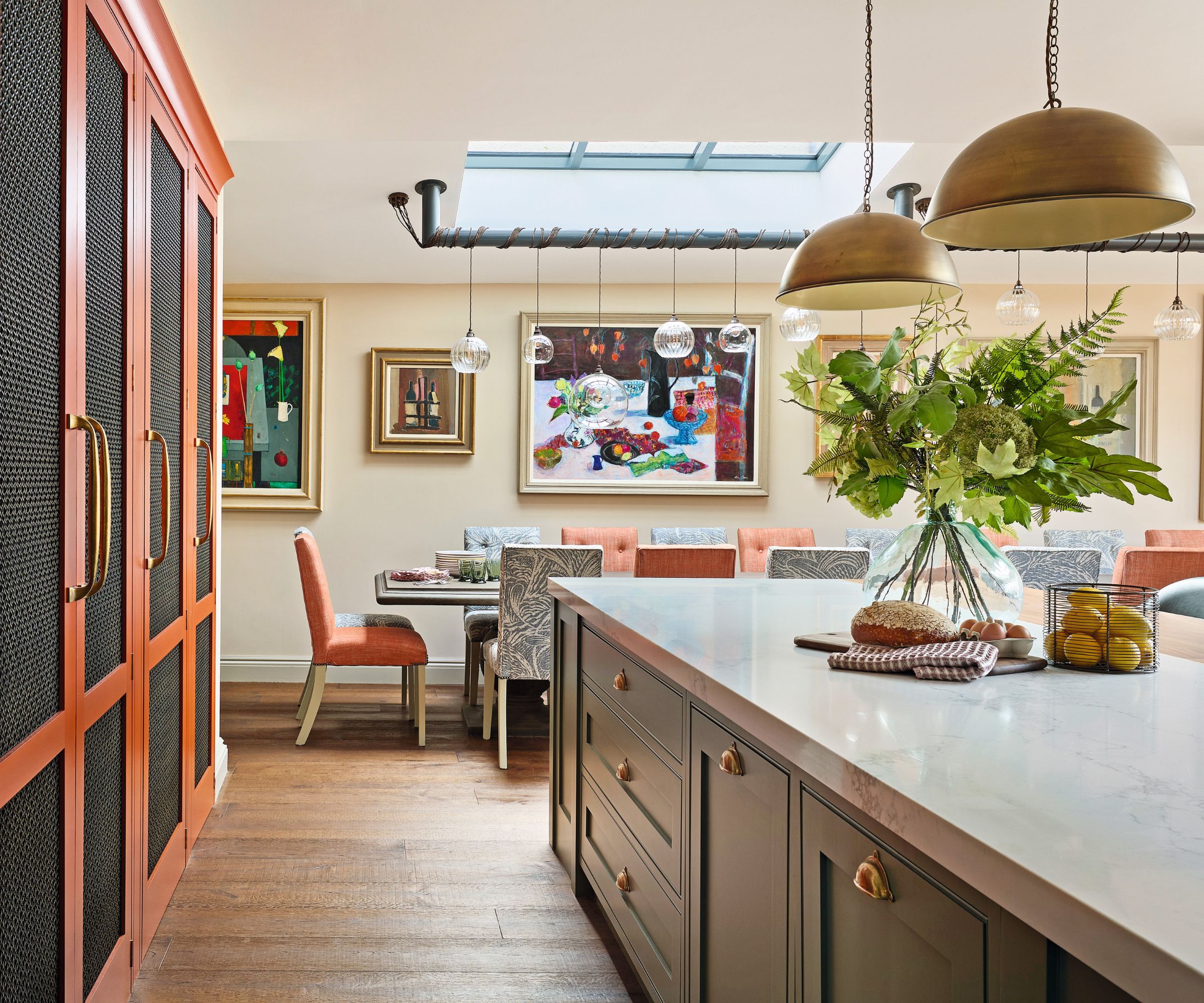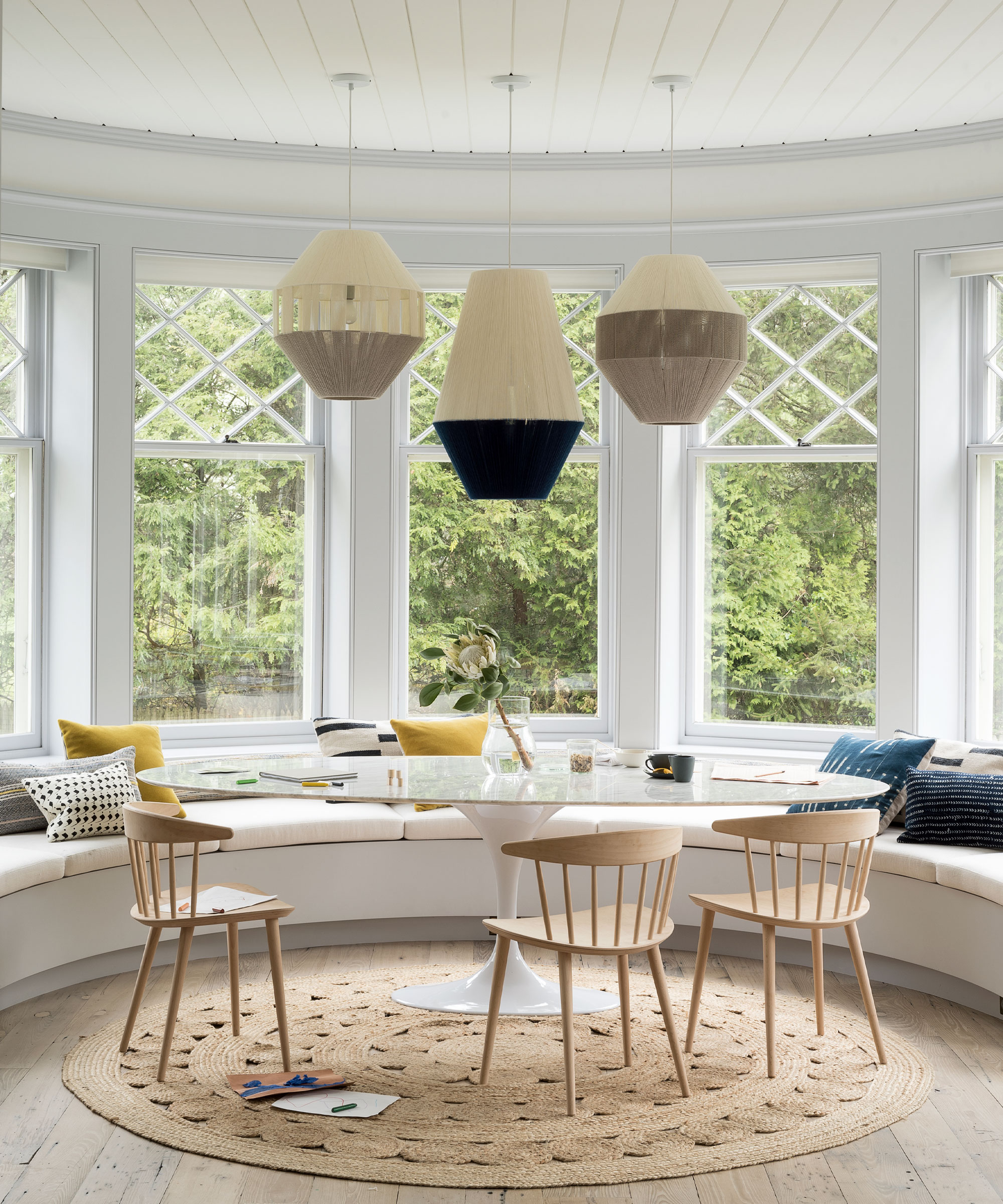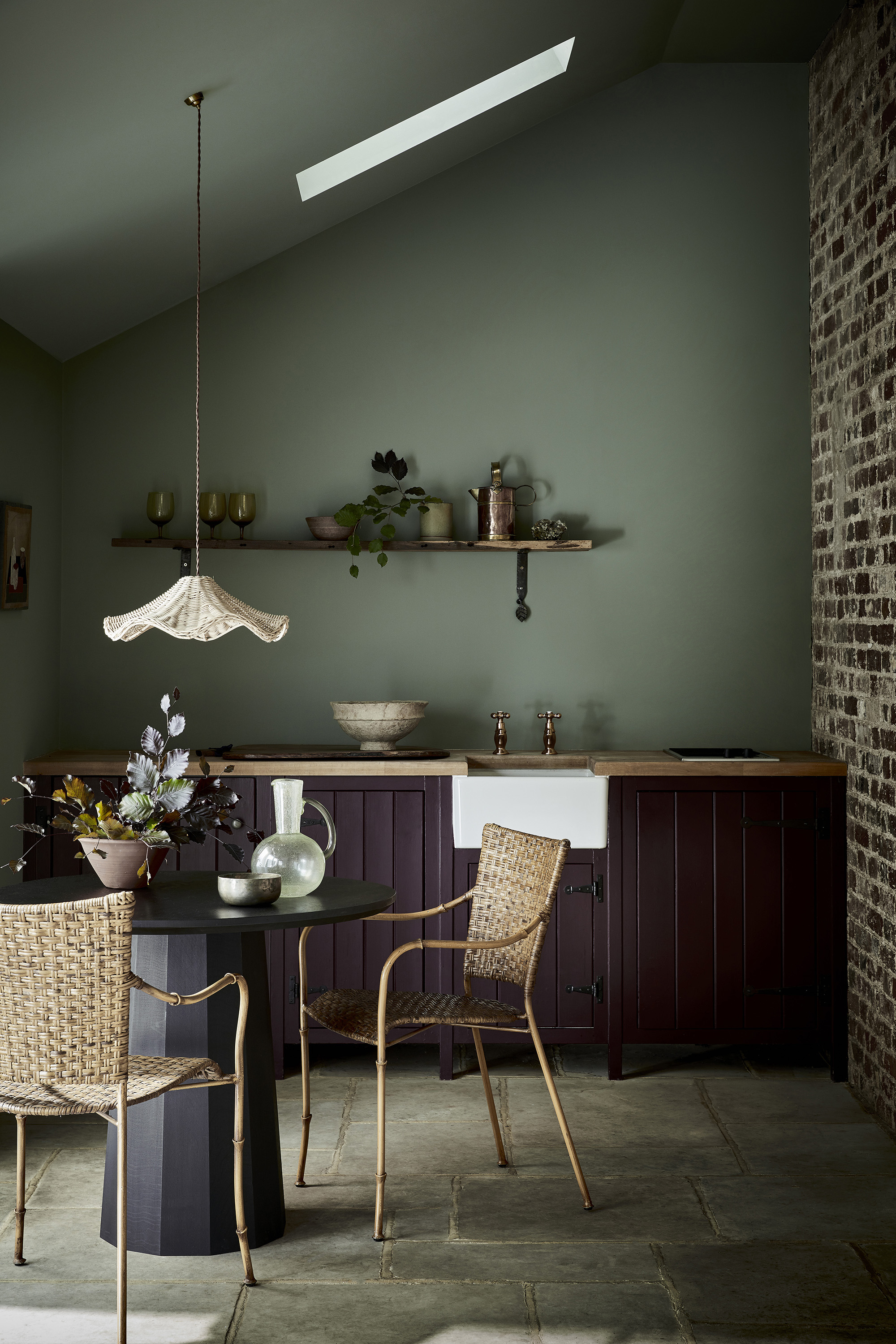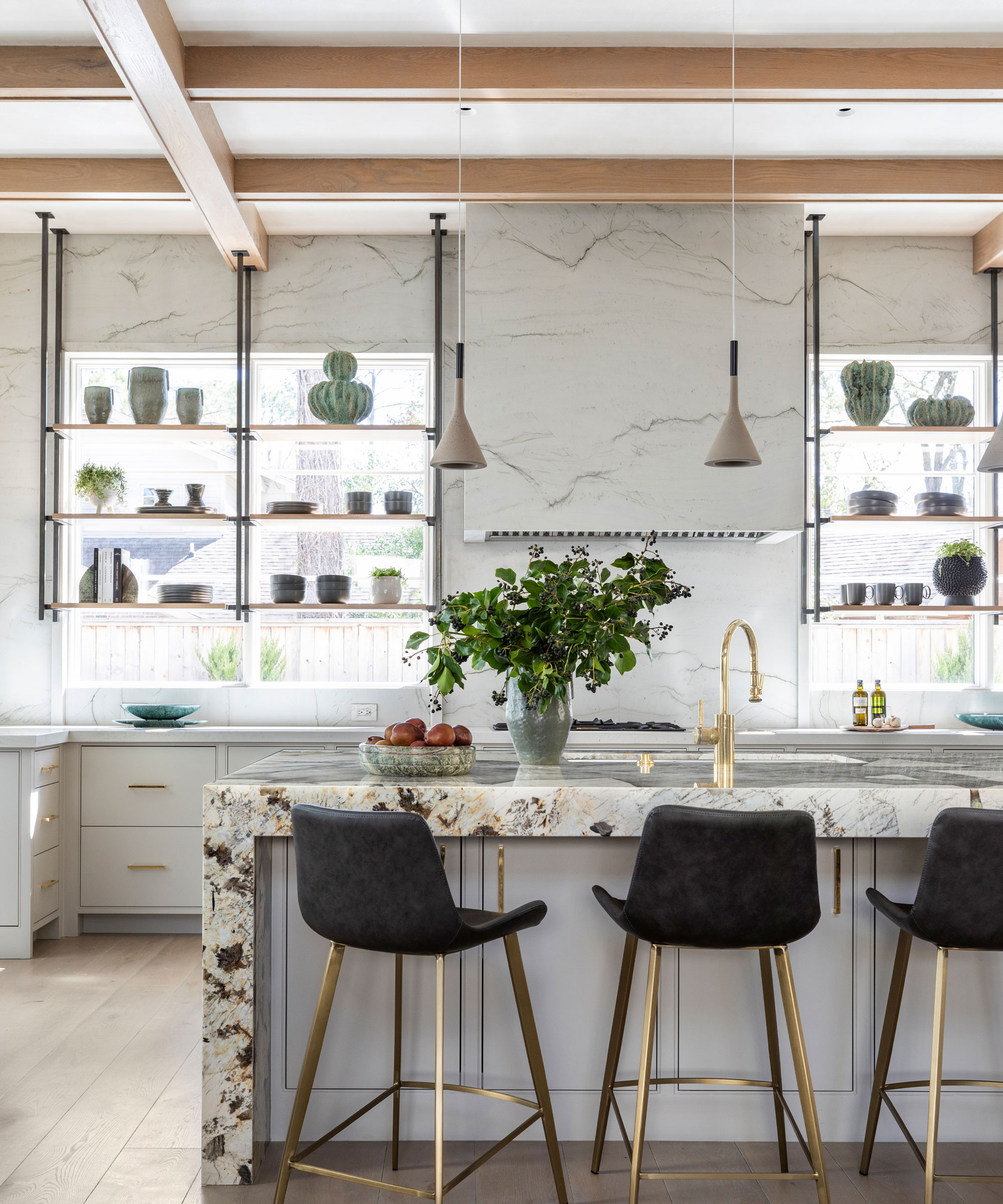Do kitchen and dining room lights have to match? We asked experts for the answer
Should kitchen and dining room lights match up? This is what you need to know about using lighting strategically – for a smooth transition between your social spaces


The power of lighting is unrivalled – especially when your fixtures sit in harmony with one another. But do kitchen and dining room lights have to match? There are certainly benefits to exhibiting a seamless transition between your spaces – but how important is this flow?
When it comes to planning kitchen lighting ideas, you may take a step back to observe how your chosen fixtures appear in relation to your wider scheme. And as an extension to your kitchen (both in terms of its position and its uses), your dining room is a natural starting point. However, despite its proximity and similarities, your kitchen and dining room lights may not need to be identical.
Whether you're working with an open-plan kitchen and dining space or you dine in an adjoining room, these expert dining room lighting ideas will help you curate a designer flow instantly.
Do kitchen and dining room lights have to match?
Ultimately, the answer to the question of whether kitchen and dining room lighting has to match is that it comes down to personal preference. However, designers suggest that the best choice is for lights that look coordinated, even if they do not match completely.

'Lighting a dining room requires different types of lighting to that of a kitchen, so you are unlikely to be able to match everything completely,' explains Marketa Rypacek, the managing director at Industville. 'However, you can still use lights from the same material and even those from the same collection to give a uniform look.'
For example, if you have incorporated pendants into your kitchen island lighting ideas, you may want to complement your choice with a statement pendant over your dining room table. This look is particularly effortless if you buy your fixtures from one supplier as they often feature the same fitting type but have different shades.
'This could be another way in which to coordinate your look while still adding interest and zoning the two spaces,' Marketa adds.
Design expertise in your inbox – from inspiring decorating ideas and beautiful celebrity homes to practical gardening advice and shopping round-ups.

Similarly, Julian Page, the head of design at BHS, suggests using different kitchen and dining room lights is acceptable (and sometimes required). However, when mixing lights, it's important to always consider scale and ensure the sizing is balanced within the room.
'If you're using a large statement over the island or dining table, consider more pared-back pieces for the rest of the space,' he says. It is also necessary to curate your kitchen and dining room accessories alongside the fixtures, and to ensure you have judged correctly how far above a table a light should hang.
'Mixing various textures and styles can create dimension, warmth, and depth,' Julian says. 'Whether you choose different finishes or styles, find something that will tie each of the fittings together to create a cohesive look.'
Can you mix lighting styles in the kitchen?
'You can absolutely mix lighting styles in a kitchen; I would recommend it,' Marketa Rypacek, managing director at Industville says. 'A kitchen requires a whole spectrum of different lighting styles to enable the correct lighting for the variety of different tasks that take place in a modern kitchen.'

If you're wondering how to choose kitchen lighting professionally, Marketa recommends starting by looking at the areas of your kitchen and thinking about the activities that will take place in each place.
For example, 'some spaces, such as food preparation zones, the kitchen sink, and above the hob, will require task lighting, while other quieter corners may call for mood and accent lighting,' she says.
Alternatively, Lee Lovett, founder of The Soho Lighting Company, recommends mixing varying tones of metals to go 'above and beyond for your home interiors.'
'To successfully mix metals in a kitchen, select one dominant finish and complement or accent with up to two others. Where chrome is the most popular metal finish in a kitchen, it is totally acceptable to mix with brass, as long as it's carried throughout the space,' the expert adds.
It seems there is a reason why this mixed-metal look is at the peak of kitchen lighting trends, and we expect they will continue to dominate for the foreseeable.

Megan is the Head of Celebrity Style News at Homes & Gardens, where she leads the celebrity/ news team. She has a history in interior design, travel, and news journalism, having lived and worked in New York, Paris, and, currently, London. Megan has bylines in Livingetc, The Telegraph, and IRK Magazine, and has interviewed the likes of Drew Barrymore, Ayesha Curry, Michelle Keegan, and Tan France, among others. She lives in a London apartment with her antique typewriter and an eclectic espresso cup collection, and dreams of a Kelly Wearstler-designed home.